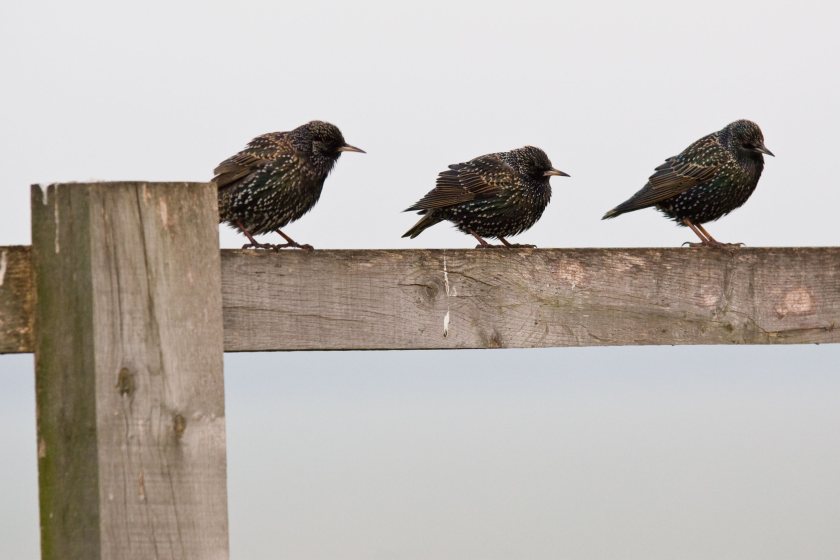
New research is challenging decades of conservationist warnings, suggesting that Britain’s farmland birds and insects are not collapsing after all but have remained broadly stable for more than 30 years.
The think-tank Science for Sustainable Agriculture (SSA) has highlighted flaws in the way the government monitors bird numbers.
Defra's latest report, Wild Bird Populations in the UK and England 1970 to 2024, points to steep declines in farmland bird populations since the 1970s — findings seized on by campaigners demanding more subsidies for “nature-friendly farming.”
But SSA members Peter Button, Daniel Pearsall and Matt Ridley argue the government’s farmland bird index is too narrow, tracking just 19 species and excluding many that are now common on farms, such as carrion crow, chaffinch, gulls, red kite and buzzard.
They point to broader datasets covering dozens of farmland-associated birds that reveal stable or modestly increasing populations in recent decades.
The same pattern is seen in insects. The much-publicised “insect apocalypse” promoted by NGOs is not supported by recent science.
A peer-reviewed paper in Nature Communications found no Britain-wide decline in insect abundance since 1990, although localised shifts in species diversity and distribution have occurred, often linked to urbanisation, climate change and landscape changes rather than farming itself.
Backing this up, a major study led by the UK Centre for Ecology and Hydrology and published in December 2023 examined more than 223,000 Environment Agency samples collected since 1989.
It revealed striking recoveries in freshwater invertebrate biodiversity, with sensitive groups such as mayflies, stoneflies and caddisflies increasing in diversity by up to 300%.
Together, these findings undermine the claim of widespread ecological collapse on Britain’s farmland and raise questions about whether the relentless focus on intensive agriculture risks distorting conservation priorities.
SSA advisory board member Matt Ridley stressed the importance of fair comparisons. “Of course, an arable field is likely to contain less wildlife than an equivalent area of scrubland or forest because, by definition, it contains fewer plant species.
"But that’s not the comparison that matters. What counts is whether ten acres of lower yielding farmland has more or fewer insects and birds than eight acres of high yielding land plus two of ‘spared land’ if they produce the same tonnage of harvested crop,” he said.
Ridley added that “the scientific evidence increasingly points to land-sparing – focusing high-yield agriculture on our most fertile land and leaving more land for intact nature and biodiversity conservation – as the most efficient, cost-effective and sustainable way to meet our food needs, achieve conservation goals and mitigate climate change.”
Releasing more land for nature, he suggested, could also boost public access to the countryside, making it a “win-win-win for food security, biodiversity and the public good.”
Conservation groups, however, caution against complacency. The RSPB and others argue that even if some species are stable or recovering, many iconic farmland birds — such as skylark, yellowhammer and grey partridge — have suffered steep declines, and farmland still accounts for the largest share of land use in Britain.
They maintain that intensive agriculture, with its reliance on monocultures and agrochemicals, remains a key driver of biodiversity loss and say continued public support for wildlife-friendly farming is vital.
